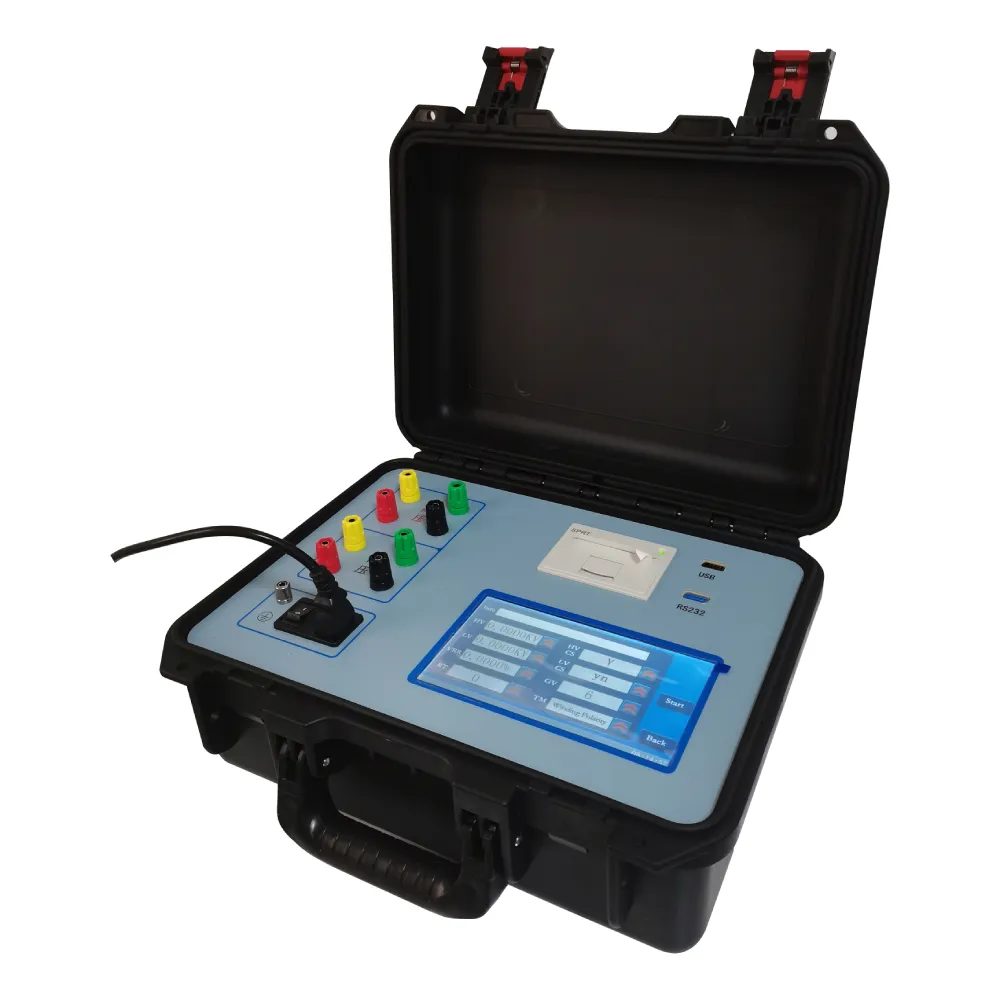 English
English


Innovative AC Resistance Meter for Accurate Measurement of Electrical Resistance in Circuits and Systems
Understanding AC Resistance Meters An Essential Tool for Electrical Testing
In the realm of electrical engineering and maintenance, the ability to accurately measure resistance in components is crucial. One of the indispensable tools for this purpose is the AC resistance meter. This specialized device is designed to measure the resistance of electrical components and systems using alternating current (AC), offering a range of benefits that make it essential for both professionals and hobbyists in the field.
What is an AC Resistance Meter?
An AC resistance meter is a diagnostic instrument that utilizes alternating current to determine the resistance of resistive elements in electrical circuits. Unlike traditional ohmmeters, which typically use direct current (DC) for measurements, AC resistance meters are particularly effective in applications where the impedance characteristics of components, including inductance and capacitance, may affect the measurements. By applying AC voltage, these meters can yield more accurate results in circuits that are influenced by reactive components.
How Does it Work?
The operation of an AC resistance meter involves passing an AC signal through the component being tested. The meter measures both the voltage across and the current flowing through the component, allowing it to calculate the resistance using Ohm's Law (R = V/I). Advanced models may also feature features that account for phase shifts and reactance, enabling them to provide a true impedance value. This is particularly important when working with components like transformers, inductors, and capacitors, where reactance can significantly impact overall circuit performance.
Applications in the Field
ac resistance meter

AC resistance meters are widely used in various applications, making them crucial for electrical engineers, technicians, and maintenance personnel. They are essential in testing and maintaining electrical equipment, such as motors, generators, transformers, and other inductive devices. For example, in power generation and distribution systems, it is vital to ensure that resistive connections are optimal to minimize energy losses. Using an AC resistance meter allows for quick identification of potential issue areas, contributing to preventive maintenance efforts.
Furthermore, these meters are also invaluable in research and development settings. Engineers testing new materials or designs can leverage AC resistance meters to evaluate performance characteristics under different operating conditions. This is especially relevant in the development of advanced electronic components that require high precision and reliability.
Advantages of Using AC Resistance Meters
One of the primary advantages of AC resistance meters is their ability to provide more accurate measurements in the presence of reactive components. This can help identify problems proactively, reducing downtime and improving efficiency. Additionally, many modern AC resistance meters come equipped with advanced features such as data logging, which enables users to record measurements over time for analysis and troubleshooting. A user-friendly interface and automatic calibration features also enhance the usability of these meters, making them accessible to users of varying expertise.
Conclusion
In conclusion, an AC resistance meter is a vital tool in the landscape of electrical testing and diagnostics. Its ability to measure resistance accurately in the presence of alternating currents makes it a preferred choice for professionals across various industries. As technology continues to evolve, so too will the capabilities of these sophisticated instruments, further enhancing their role in maintaining the reliability and efficiency of electrical systems. Whether for routine maintenance or advanced research, the AC resistance meter stands out as an essential device in the electrical engineering toolkit.
-
Differences between open cup flash point tester and closed cup flash point testerNewsOct.31,2024
-
The Reliable Load Tap ChangerNewsOct.23,2024
-
The Essential Guide to Hipot TestersNewsOct.23,2024
-
The Digital Insulation TesterNewsOct.23,2024
-
The Best Earth Loop Impedance Tester for SaleNewsOct.23,2024
-
Tan Delta Tester--The Essential Tool for Electrical Insulation TestingNewsOct.23,2024





